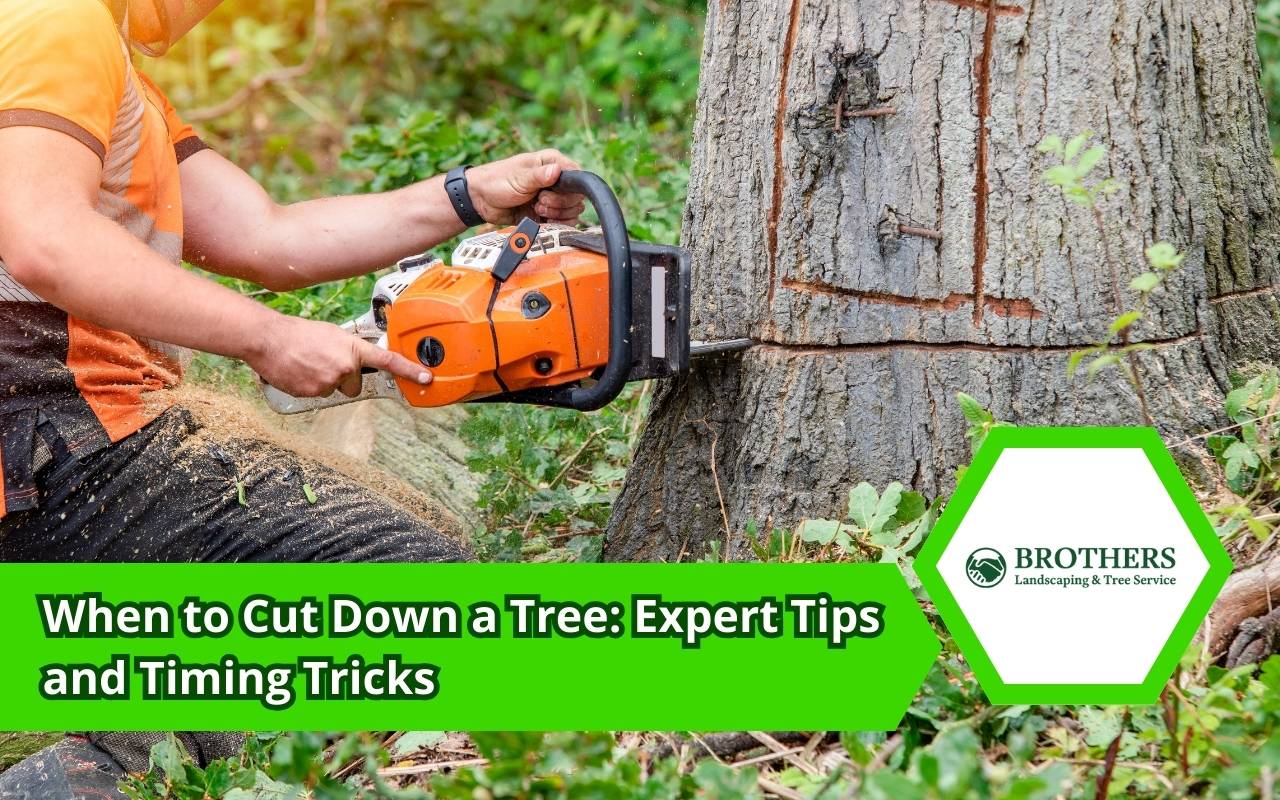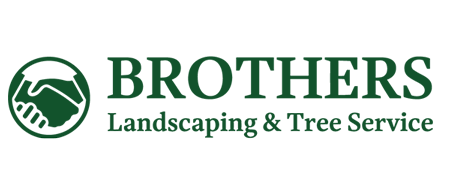
As leaves flutter gently to the ground and days grow shorter, the trees that provide shade and beauty might require more than admiration—they could need a critical decision. Understanding when to cut down a tree is not merely about wielding an axe or a saw; it’s about recognizing the intricate signals that nature provides. From signs of disease to encroachments on property, trees speak in their own silent way, hinting when it might be time to make a tough call. With the right timing and expert advice, this process can be managed with care, ensuring both safety and ecological balance.
Surprisingly, one in five homeowners is unaware of the appropriate indicators for tree removal, often leading to costly damages and potential hazards. By diving into expert tips and timing tricks, you can safeguard your property while contributing positively to your local environment. Whether you’re dealing with towering giants or petite saplings, knowing the right moment to act can transform a daunting task into a well-calculated move, preserving the harmony of your surroundings for generations to come.
Recognizing Signs of Disease in Trees
Trees are living organisms that exhibit clear warning signals when their health declines. Leaf discoloration, early leaf drop, and unusual crown thinning are among the most visible signs. Yellowing or browning leaves beyond the regular seasonal changes often indicate fungal infections or nutrient deficiencies. Fungus fruiting bodies—mushrooms or conks—at the base or on the trunk are a red flag for internal decay, suggesting that the tree’s structural integrity is compromised.
Spotting these early symptoms allows homeowners to evaluate whether treatment is possible or if it’s time to consider when to cut down a tree for safety. Bark anomalies, such as deep cracks, cankers, or oozing sap, also point to serious issues. Insects like bark beetles leave tiny holes and sawdust-like frass, signaling that pests have invaded the tree’s vascular system. Root health is harder to assess but equally critical. Mushy or rotten roots, often identified by foul odors or soil collapse around the base, mean the tree can no longer absorb nutrients or anchor itself properly.
- Check for leaf discoloration or early shedding
- Look for fungus fruiting bodies on trunk or base
- Inspect bark for cracks, cankers, or oozing sap
Assessing Structural Stability
Structural stability determines whether a tree can withstand wind, rain, or snow without posing a hazard. A tree with a healthy appearance can still be at risk if its internal support has weakened. Visual assessment begins with examining trunk lean—especially sudden tilts that appear over weeks or months. A slight, consistent lean may be normal for some species, but rapid changes often indicate root damage or soil subsidence.
Beyond lean, look for cavities or hollows in the trunk. Cavity formation usually results from fungal decay, which degrades wood fibers and undermines load-bearing capacity. When decay affects more than 30 percent of the cross-sectional area, the risk of spontaneous failure increases significantly. In these cases, homeowners should seriously consider when to cut down a tree to avoid property damage or personal injury.
- Examine for cavities or hollows
- Tap trunk to identify hollow zones
- Monitor trunk lean against fixed structures
Considering Proximity to Property
Location is a key factor in the tree removal decision. A healthy tree far from any structure presents minimal risk, but that same specimen near homes, vehicles, or walkways becomes a potential liability. Overhanging branches above roofs can scrape shingles, clog gutters, and break under heavy snowfall or storms, leading to costly repairs. Therefore, it’s critical to identify trees whose drip lines extend into vulnerable zones, especially if the roots are encroaching on foundations, septic systems, or driveways.
By mapping the tree’s canopy and root footprint relative to property features, you can determine the urgency of removal and decide when to cut down a tree before it inflicts damage.
- Overhanging branches scraping roofs or power lines
- Roots lifting sidewalks or cracking foundations
- Canopy extending over driveways and walkways
Evaluating the Tree’s Growth Patterns
Trees follow species-specific growth habits that influence removal timing. For example, fast-growing species like poplars and willows often have weaker wood and shorter lifespans, making them more prone to breakage with age. Slow-growing hardwoods like oak and maple develop denser, stronger wood but can become brittle if not pruned regularly. Consequently, understanding these inherent patterns helps predict future size, weight distribution, and risk potential.
Understanding Environmental Impact
Removing a tree has lasting effects on local ecosystems. Trees regulate microclimates, support wildlife, and stabilize soil. Before deciding when to cut down a tree, evaluate its role in local biodiversity. Mature trees serve as bird nesting sites, while fallen timber becomes a valuable resource for invertebrates and fungi. Removing a keystone species can disrupt food chains and increase erosion risk on slopes, affecting water quality in nearby streams.
Consulting with Arborists and Tree Experts
Expert guidance is invaluable when weighing the complexities of tree removal. Certified arborists bring specialized knowledge in diagnosing tree health, assessing risk, and recommending treatments or removal methods. Their reports often include clarity on both timing and safety. As a result, by consulting professionals, you gain peace of mind knowing your decision aligns with best practices.
For expert support, reach out through our contact page and get professional advice today.
Seasonal Considerations for Tree Removal
Seasonality affects both the safety and ease of tree removal. Late winter to early spring, when trees are dormant, is often ideal. Without foliage, branches are lighter and easier to handle, reducing risk during cutting. In addition, firm ground in cooler months allows heavy equipment to operate with less soil disturbance. However, if urgent failure signs appear, prompt action matters more than waiting for perfect conditions.
Legal Regulations and Permits for Tree Cutting
Municipalities and homeowners associations often enforce regulations governing tree removal to protect community canopy cover and environmental health. Permit requirements vary by jurisdiction, depending on tree species, trunk diameter, and location relative to property lines. By understanding these legal frameworks, homeowners can avoid penalties while scheduling efficient removal at the right time.
FAQs
How do I know if a tree is diseased?
Look for leaf discoloration, crown thinning, fungus growth, or bark anomalies as clear warning signs of disease.
Can a leaning tree recover naturally?
Slight leans can be normal, but rapid changes often signal root or soil issues requiring expert evaluation.
What seasons are best for tree removal?
Late winter and early spring are optimal due to dormancy, lighter branches, and stable soil conditions.
Do I always need a permit to cut a tree?
Regulations vary. Many municipalities require permits for larger trees or those in conservation zones.
Should I consult an arborist before tree removal?
Yes, certified arborists provide expert diagnosis, safety assessments, and guidance on whether removal is necessary.
Making an Informed Decision
Deciding when to cut down a tree involves balancing safety, environmental stewardship, and legal responsibilities. By recognizing disease signs, assessing stability, and consulting experts, homeowners can avoid costly mistakes. Armed with professional tips and timing tricks, you can confidently navigate the process. For direct assistance, visit our contact page today and make the right decision for your property.
